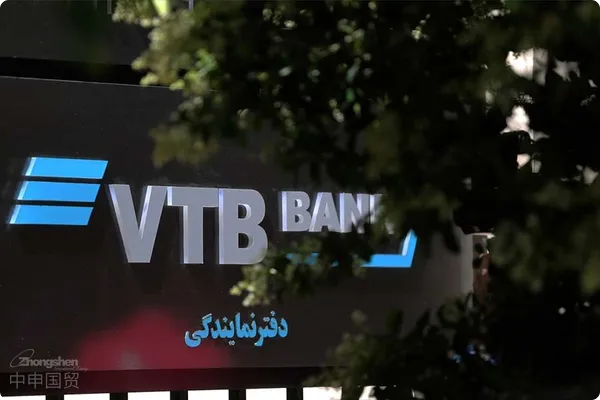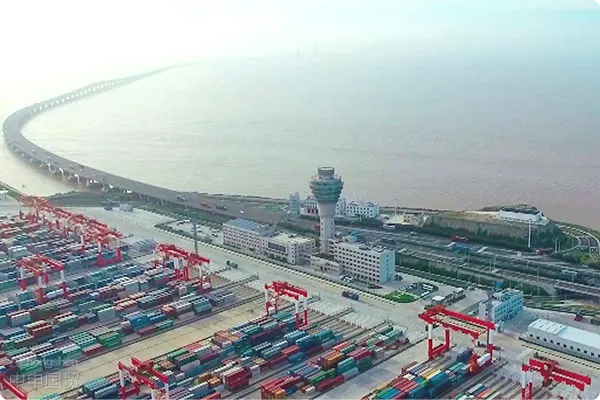- Shanghai Zhongshen International Trade Co., Ltd. - Two decades of trade agency expertise.
- Service Hotline: 139 1787 2118
As a global economic powerhouse, the EUs management and regulation of the feed industry have widespread impacts worldwide. This article aims to provide an in-depth analysis of the EUs regulatory framework for feed additives, covering the responsibilities of competent authorities, functional classification of feed additives, and labeling requirements, to assist enterprises operating in the EU market.

I. Competent Authorities and Their Responsibilities
European Food Safety Authority (EFSA):
The European Commission is responsible for formulating regulations and policies related to feed additives, including establishing authorization and approval procedures, setting maximum allowable levels and use restrictions, and labeling requirements. It is also responsible for approving and authorizing new feed additives and revising and updating relevant regulations and directives based on new scientific knowledge and technological progress.
Competent Authorities of EU Member States:
II. Functional Classification of Feed Additives
According to EU Regulation (EC) No 1831/2003, feed additives must serve the following functions:
Improve feed characteristics:Such as altering color or odor.
Improve animal product characteristics:Such as enhancing meat or milk quality.
Meet animal nutritional requirements:Such as supplementing vitamins and minerals.
Improving production environmental impact:Such as reducing emissions or waste.
Enhancing production performance and animal welfare:Such as by improving intestinal health.
Possessing specific therapeutic effects:Such as anti-coccidial or histomoniasis.
III. Classification of Feed Additives
The EU classifies feed additives into the following five major categories:
Such as preservatives, antioxidants, emulsifiers, stabilizers, etc.Such as preservatives, antioxidants.
Such as flavoring agents, colorants, etc.Such as flavoring agents, coloring agents.
Nutritional Additives:Such as vitamins, amino acids.
Livestock technical additives:Such as digestibility enhancers.
Coccidiostat and histomonad inhibitor:Used for preventing and treating specific diseases.
IV. Labeling Requirements for Feed Additives
The EU has detailed labeling regulations for feed additives, including:
Basic information:Such as additive name, manufacturer, net weight/volume, batch number, etc.
Usage instructions:Including safety recommendations, applicable animal species, etc.
Specific category requirements:
The EUs regulation of feed additives through rigorous evaluation, review, and labeling requirements ensures their safe use. Companies entering the EU market must understand and comply with relevant regulations to ensure their products meet the EUs high standards.
Related Recommendations
? 2025. All Rights Reserved. Shanghai ICP No. 2023007705-2  PSB Record: Shanghai No.31011502009912
PSB Record: Shanghai No.31011502009912










